Comparatif des variétés de thé

J'aime 2
Compare le thé noir avec le thé vert, le thé Oolong, Pu-erh, le thé blanc et le thé jaune
Vous pourriez également être intéressé par les boutiques de
thés:
comparatif-de-boutiques-de-thes

Compare le thé noir avec le thé vert, le thé Oolong, Pu-erh, le thé blanc et le thé jaune
Vous pourriez également être intéressé par les boutiques de
thés:
comparatif-de-boutiques-de-thes
Lien | Thé noir | Thé vert | Thé Oolong | Pu-erh | Thé blanc | Thé jaune |
|---|---|---|---|---|---|---|
| Image | 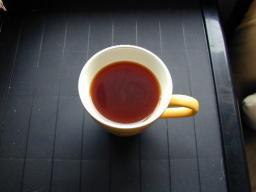 | 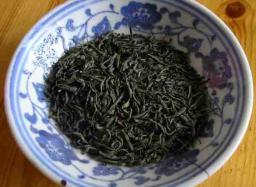 | 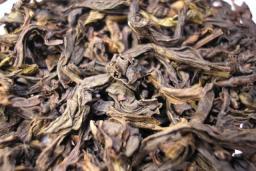 | 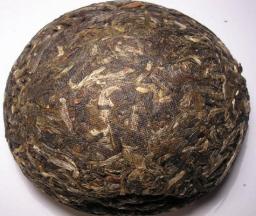 |  | 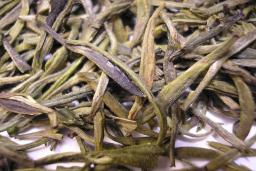 |
| Détails | ||||||
| Description | Le thé noir est le type de thé le plus populaire. | Over the last few decades green tea has been subjected to many scientific and medical studies to determine the extent of its long-purported health benefits, with some evidence suggesting that regular green tea drinkers have lower chances of heart disease and developing certain types of cancer. | Le thé Oolong est le thé chinois traditionnel. C'est le plus populaire des type de thé servis dans les restaurants chinois. | Le thé blanc est le plus rare des thés. | Thé de haute qualité. | |
| Principalement récolté | Chine | Chine | Province Fújiàn (Chine) | Province Yunnan (Chine) | Province Fujian (Chine) | Chine |
| Caféine | 50 mg/tasse | 30 mg/tasse | 20 mg/tasse | |||
| Intérêts pour la santé | Short and long-term black tea consumption reverses endothelial vasomotor dysfunction in patients with coronary artery disease. | Green tea can reduce the risk of cardiovascular disease, dental cavities, kidney stones, and cancer, while improving bone density and cognitive function. However, the human studies are inconsistent. Green tea consumption is associated with reduced heart disease in epidemiological studies. | Drinking pu-erh tea is purported to reduce blood cholesterol. It is also widely believed in Chinese cultures to counteract the unpleasant effects of heavy alcohol consumption. Pu-erh tea is also widely sold as a weight loss tea. | White tea ranks higher than many fruits and vegetables on the OCAR scale, a measure of antioxidant potency. | ||
| Techniques de production et préparation | Wilted, sometimes crushed, and fully oxidized | Unwilted and unoxidized | Wilted, bruised, and partially oxidized | Green tea that has been allowed to ferment/compost | Wilted and unoxidized | Unwilted and unoxidized, but allowed to yellow |
| Varietés | Tanyang Gongfu,Zhenghe Gongfu, Bailin Gongfu, Zhengshan xiaozhong, Yin Junmei, Jin Junmei, Keemun, Dian Hong, Ying De Hong, Jiu Qu Hong Mei, Tibeti,Assam, Darjeeling, Munnar, Kangra, Nilgiri, Ceylon | Aracha, Bancha, Bi Luo Chun, Chun Mee, Da Fang, Genmaicha, Guapian, Gunpowder, Gyokuro, Hojicha, Hou Kui, Huang Shan Mao Feng, Kabusecha, mairicha, Konacha, Kukicha, Longjing, Matcha, Mao Jian, Mecha, Meng Ding Gan Lu, Sencha, Shincha, Tamaryokucha | Dà Hóng Páo, Shuǐ Jīn Guī, Tiě Luóhàn, Bái Jī Guān, Ròu Guì, Shuǐ Xiān, Tiě Guānyīn or Ti Kuan Yin, Huángjīn Guì, Dān Cōng, Dòngdǐng, Dongfang Meiren, Ali Shan, Lishan, Pouchong,Darjeeling oolong,Vietnamese oolong, Thai oolong, African oolong, Nepali oolong | Bai Hao Yinzhen, Bai Mu Dan, Darjeeling White, Shou Mei, White monkey paw | Junshan Yinzhen, Huoshan Huangya, Meng Ding Huangya, Da Ye Qing, Huang Tang | |
| Préparation | ||||||
| Température de l'eau | 99 °C (210 °F) | 75-80 °C (167-176 °F) | 80-85 °C (176-185 °F) | 95-100 °C (203-212 °F) | 65-70 °C (149-158 °F) | 70-75 °C (158-167 °F) |
| Temps d'infusion | 2–3 minutes | 1–2 minutes | 2–3 minutes | Sans limites | 1–2 minutes | 1-2 minutes |
| Nombre d'infusions | 2-3 | 4-6 | 4-6 | Plusieurs | 3 | 3 |
| Additional details | ||||||
| Wikipédia | wikipedia.org/... | wikipedia.org/... | wikipedia.org/... | wikipedia.org/... | wikipedia.org/... | wikipedia.org/... |
| Vidéo |  |  |  |  |
Avis utilisateurs et commentaires